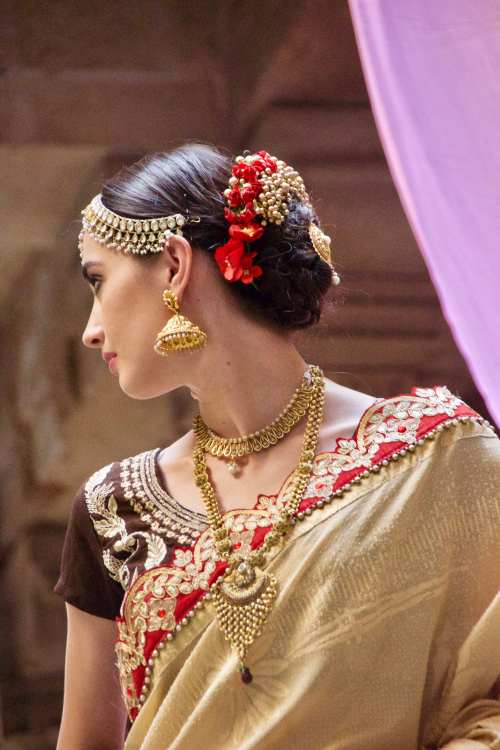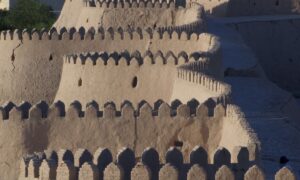
I had never heard of step wells until I went to India last March. We visited one but ironically at the same time a major coffee table book came out about them, prompting lots of publicity.
After visiting the Adlaj Vav step well in Gujarat, I realized why a photographer would chase all over India capturing these Medieval structures. They are really interesting, providing photo opportunities with arcades of columns, endless flights of stairs and intriguing play of light and shadow. Nine million people visit India every year—traversing and gawking at the Taj Mahal, Jaipur, New Delhi and the many forts, palaces, temples and tombs. Not many have even heard of steps wells and that’s too bad.
So, what is a step well?
According to Victoria Lautman, in an article in the Wall Street Journal, a step well is a category of architecture unique to the sub continent, but nearly unknown outside of India.
Step wells are water harvesting systems developed to deal with India’s bone dry climate. Historically since most of the land is dry, accessing the water table was important. The first step wells were developed around AD 600 in villages and towns along the trade routes.
To access water to drink, bathe or worship, villagers descended stairs to the water’s level. They served this practical purpose, but also step wells served as cultural centers for the area.
It is thought that by the 18th century there were more than 3,000 step wells in India.
Step wells provide access to water
They provided access to water. They also could retain water that deluged these areas during the monsoon season.
Basic to a step well is a serious of flights of stairs ensuring that the people could get down to the water. As the flow increased the steps became submerged in water and the descent was significantly shortened.
Interestingly, they were also a refuge from intense heat, subterranean temples for Hindu communities and gathering places in the community.
Why is so little known about step wells? During the British Raj, step wells were considered to be sources of disease and eventually they were replaced by pumps and plumbing.
Here are a few photos of the step well we visited. We happened upon a fashion shoot so I captured a few shots of the gorgeous models. Actually she was quite a distraction from the architecture of the step well.






We visited this step well on the India: Three Festivals Photo Tour organized and lead by Karl Grobl of Jim Cline Photo Tours. While we focused on visiting and shooting images of three fascinating and colorful festivals, the tour included side trips like this one to a step well, providing us with interesting photo opportunities and a glimpse into India’s past.







Comments
1 CommentHudson Yards–New York's Billionaire Playground | DesignDestinations
Jan 13, 2020[…] Step Well Done Well […]